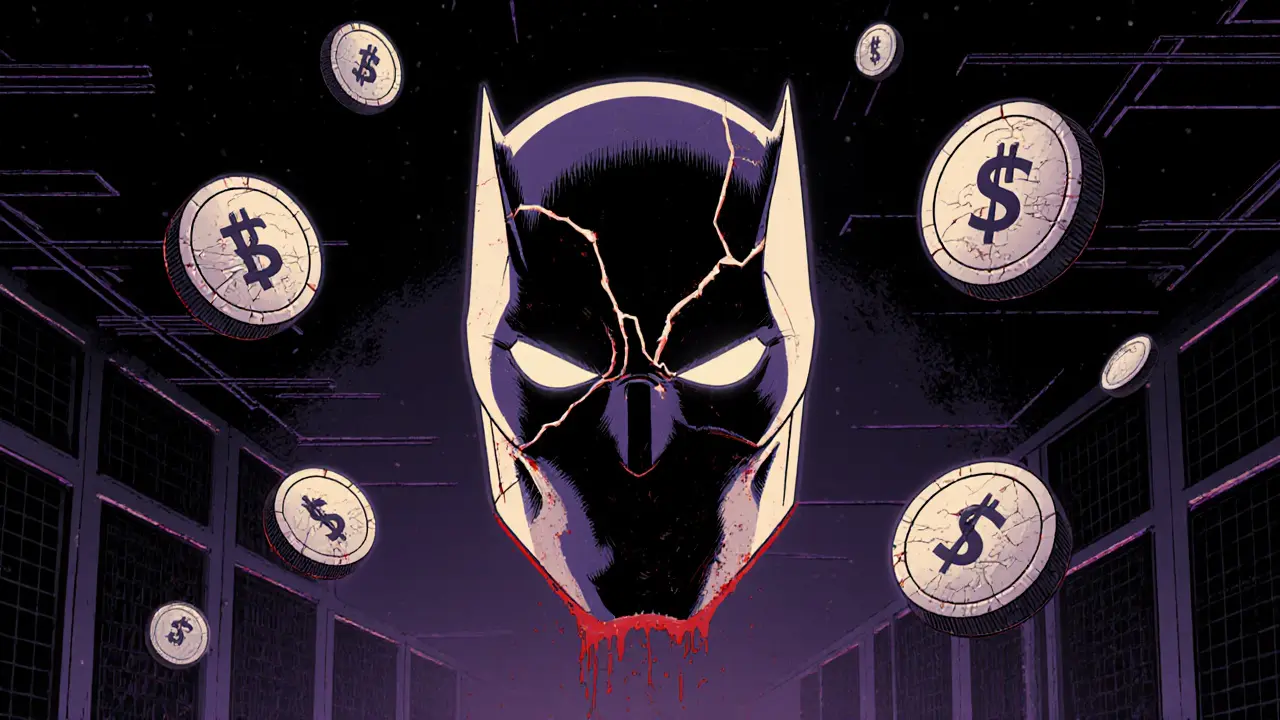When you hear BATH crypto, a low-market-cap token often linked to decentralized exchanges on Binance Smart Chain. Also known as BATH token, it’s not a household name like Bitcoin or Ethereum—but it shows up in the margins of DeFi trading, where small teams build tools for niche traders. Unlike big projects with whitepapers and VC backing, BATH crypto usually lives in the shadows of DEXs like PancakeSwap, where liquidity is thin and volatility is high. It doesn’t have a big team or a flashy app. It’s just a token—sometimes used as a reward, sometimes as a governance piece, sometimes just there because someone thought the name sounded cool.
BATH crypto often shows up alongside other small tokens that trade on decentralized exchanges, platforms where users trade directly without a middleman. These platforms, like Miaswap or ioBanker, let anyone list a token with minimal effort. That’s why you’ll see BATH alongside tokens like BB, LSR, or SDX—all of them low-volume, high-risk, and rarely covered by mainstream media. The common thread? They’re all built on Binance Smart Chain, a blockchain designed for fast, cheap transactions. It’s the go-to for small projects because gas fees are low and setup is quick. But that also means there’s little filtering. A token can pop up today and vanish tomorrow.
There’s no official website for BATH crypto. No verified team. No roadmap. That’s not unusual in this space—it’s the norm. Most of the posts you’ll find here about tokens like BATH are warnings, not endorsements. They’re written because someone lost money chasing a pump, or because a forum thread turned into a scam. You won’t find BATH on Coinbase or Gemini. You won’t find it in any major wallet’s default list. It’s only on obscure DEXs, and even there, trading volume is often under $10,000 a day. That’s not a market. That’s a gamble.
But here’s the thing: people still trade it. Why? Because in crypto, sometimes the smallest tokens move the fastest. A single tweet, a new liquidity pool, or a random airdrop can send a token like BATH up 500% in hours. And then it crashes. That’s the rhythm of the low-cap space. It’s not investing. It’s hunting. And if you’re hunting, you need to know where the animals live—and how to spot the traps.
The posts below aren’t here to tell you to buy BATH crypto. They’re here to show you what it really looks like when a token has no real utility, no team, and no future—but still gets traded. You’ll see how it connects to other tokens like SHY, SDX, and BB—all of which share the same DNA. You’ll learn how to check if a token is dead before you click "approve." And you’ll see why most of these tokens don’t survive six months. If you’re curious about what happens behind the scenes in the dark corners of DeFi, you’re in the right place.

Battle Hero (BATH) was promoted as a free-to-play NFT game but never launched. Today, it's a dead token with $0 trading volume, no team, and no players. Don't invest.